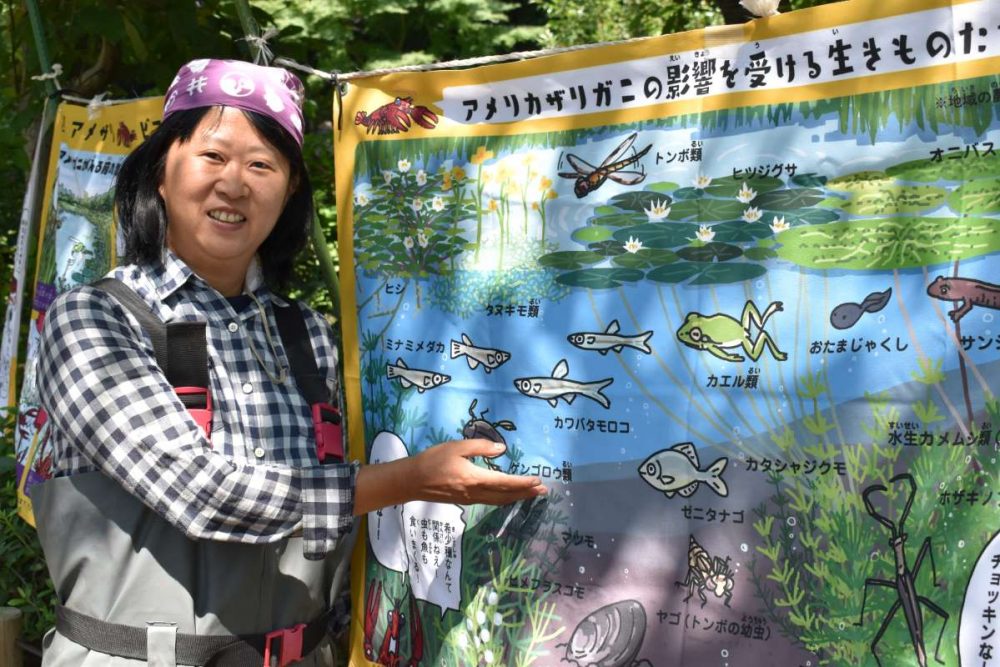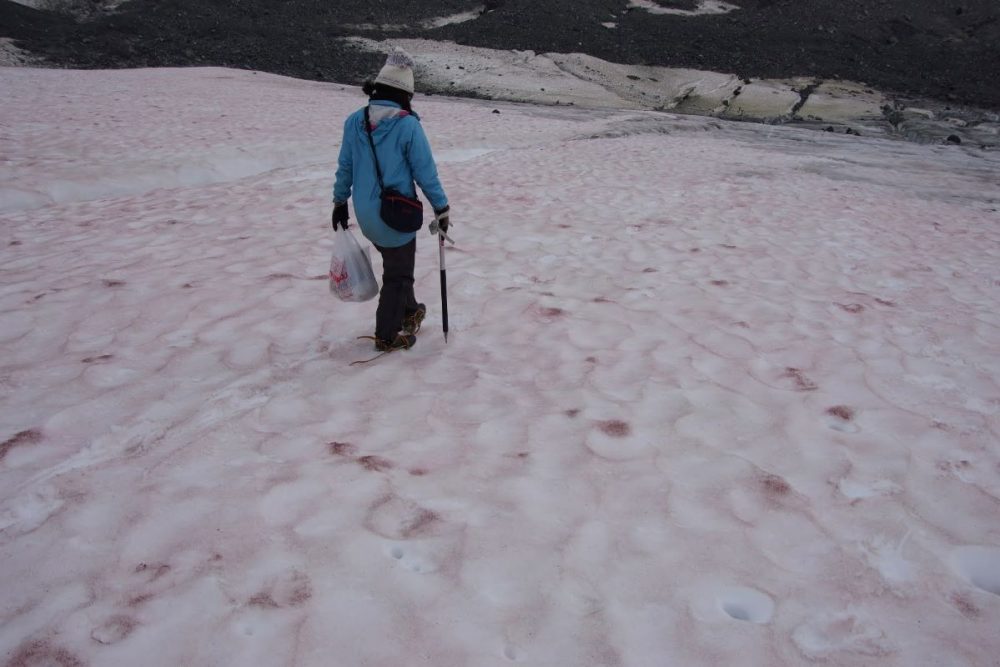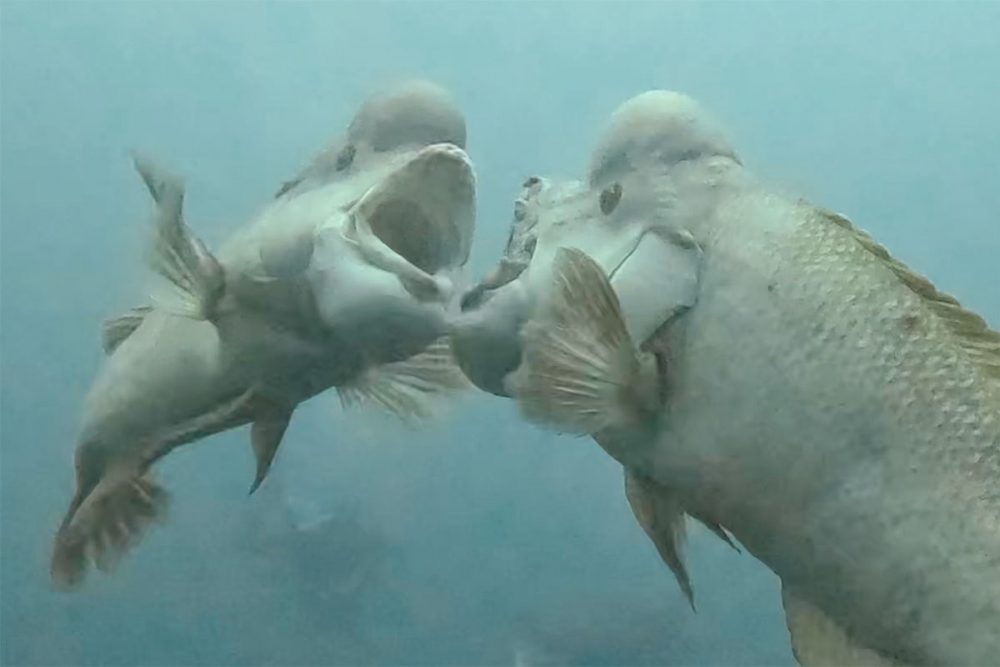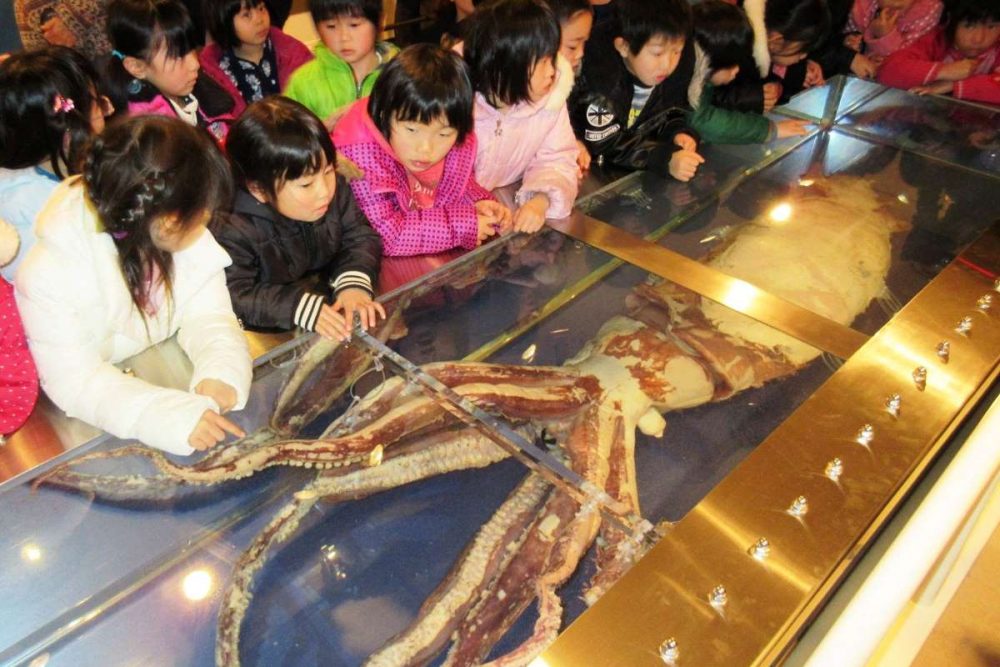[Global to Local] Alana Bonzi: Making Waves for Marine Conservancy
Alana Bonzi of SEGO Initiative is dedicated to protecting the marine environment in Fujisawa while creating closer connections between people and the ocean.
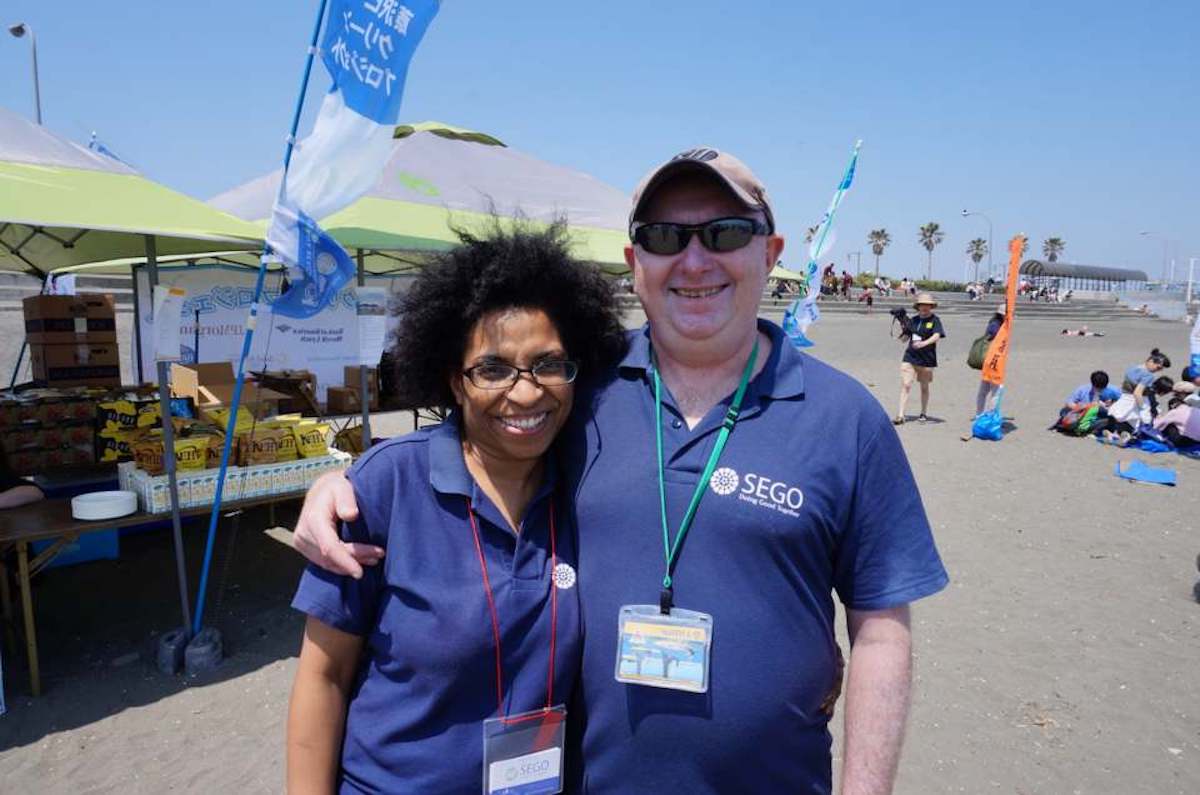
Alana Bonzi is an educator and environmentalist who first came to Japan as a language teacher on the JET Programme, before settling in Fujisawa, Kanagawa Prefecture with her husband Michel. Hoping to connect with their adopted community, the couple started organizing beach cleanups in 2009. This dovetailed into the creation of their nonprofit, the SEGO Initiative, five years later. In her role as Co-Director at SEGO, Bonzi develops CSR (Corporate Social Responsibility) projects for businesses and communities. She combines her nonprofit work with part-time university teaching, alongside running a French language school and sailboat business with Michel.
What are the SEGO Initiative's main activities?
We have three key pillars: volunteering through biannual cleanup activities with the Fujisawa Beach Clean Project, reconnecting to the marine environment via sailing, and public education via citizen science and art.
Volunteering through beach cleanups is easy to understand, but can you tell us more about the other two pillars?
Sailing ties in with my husband, Michel, who is the Japan agent of Tiwal, a French manufacturer of small dinghies. We want to encourage people to go out on the ocean and experience the marine environment for themselves!
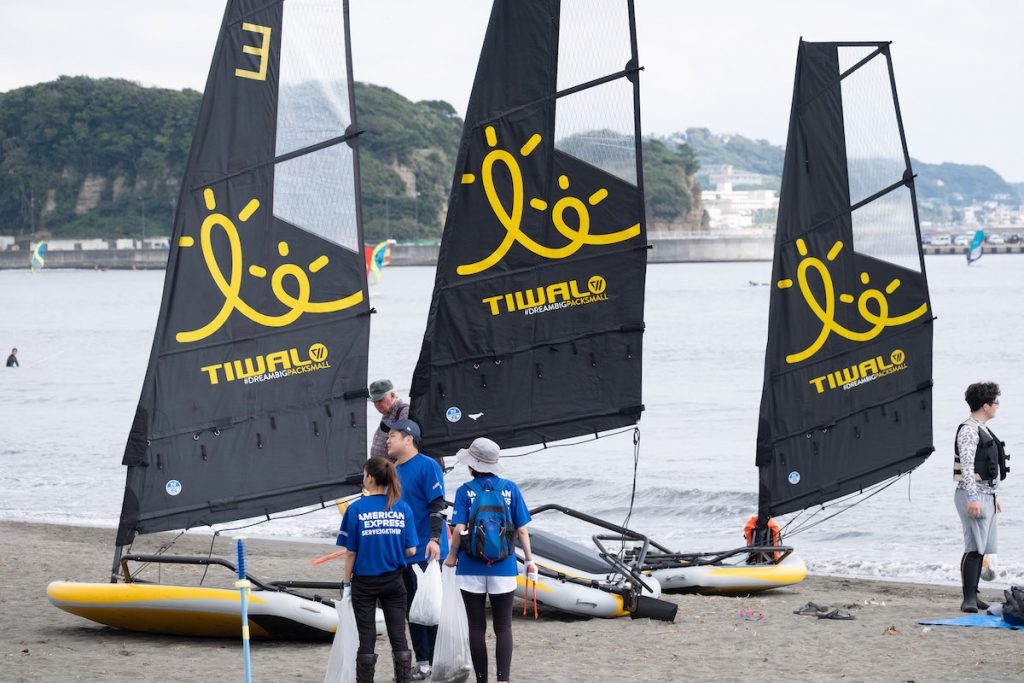
The citizen science aspect comes via our connection as one of the official partners of Ocean Conservancy, a US-based environmental nonprofit. Our contribution includes providing information about the prevalence of plastic and other waste for their database. And plastic waste from the ocean is also utilized in art installations at the exhibitions we organize.
The Art of Raising Awareness
Art sounds like an innovative way to bring attention to marine issues.
It really is! The idea is to create space for reflection and conversation around ocean issues, including marine pollution. We also recently started an Art in the Office program that brings the ocean to the city and to the offices where the employees are, offering further chances to build awareness and engagement.
How does Art in the Office work?
It grew out of our Expo Mer Fujisawa and Art by the Beach exhibitions. We usually hold these public exhibitions on the beach during our cleanups or in other locations. They feature artworks from various genres: photography, art installations, and sculptures. With Art in the Office, SEGO lends the works from exhibitions to companies, who ideally contribute financially. Selected artworks are also available for purchase, which is another way for us to raise funds for our programs.

The pandemic affected your usual activities for a while. How did you pivot?
We usually plan our spring beach cleanup around Earth Day. However, it was still hard to meet in person in 2022, so instead we launched our #CreateWaves campaign. With it, we hoped to encourage and support longer-term community-based solutions to help the marine environment. The lovely thing about waves is that they start with an idea — a movement of energy — the wind, sun, and ocean. We started sharing ideas on social media and via webinar sessions. This included inviting ocean conservationists from Japan and around the globe to join us in an Ocean Community Challenge, to help us understand some of the science, solutions, and issues involved. In the autumn of 2022, we were able to hold our XXXL Art by the Beach Exhibition. XXXL means "extra-large" — the artworks measure over 2 by 1.5 meters! In 2023, we are looking forward to meeting up for our annual events, along with continuing to find new ways to connect people!
Community Connections
The pandemic brought sustainability issues to the fore. What trends are you now seeing?
Sustainability, in general, has become quite filled with jargon — like an Alphabet Soup that has to be deciphered! The regulatory environment is also evolving. Moreover, there is a disconnect between the internal stakeholders at corporations and the customers, who see a gap between what the company defines as CSR/sustainability and what it means for the local communities where they live, work, or play.
When CSR works, how does it benefit everyone?
Concrete tangible actions — where companies and society connect for the common good — can offer a treasure chest of diverse experiences and perspectives. These can be a "super highway" for shared information exchange on trends, opinions, and expectations.
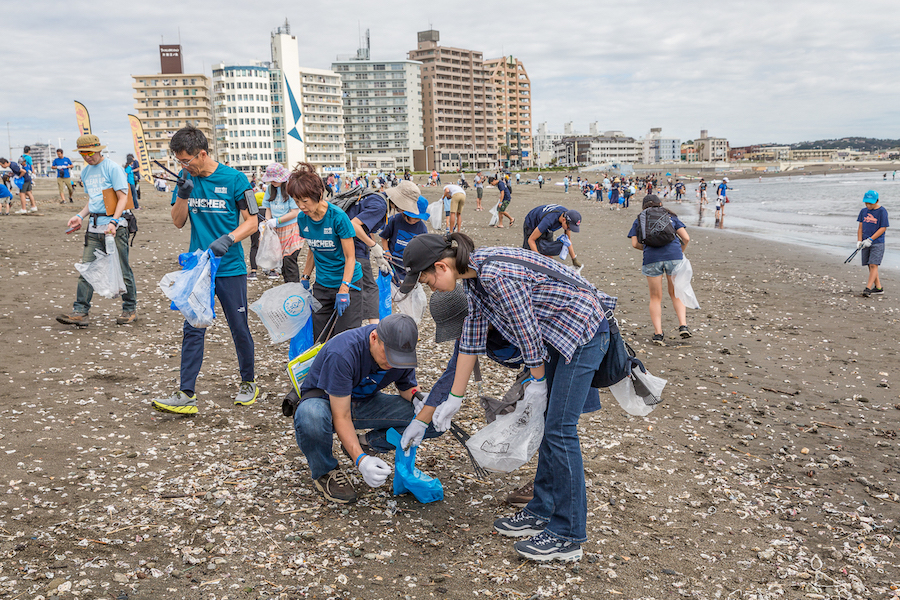
Where are we heading with ocean conservancy and what do we need to be doing?
It is interesting to see headlines about ocean conservation and marine debris because when we first got started in 2009, this didn't really make the news. There is now more of a focus on the impact of human activity on the ocean and on the ocean's role in climate change and the water cycle. Here in Japan, however, the general public still seems to feel that the ocean is far away. A recent survey by Nippon Foundation found that there was a decrease in people's affection for the ocean. So how do we increase access? How can we bring the ocean to people and make them feel it is part of their life?
Knowing Your Place
You have a full schedule, juggling your paid work with running SEGO. What inspires you?
I think it comes from a sense of loving where you live. Michel and I share three cultures between us: He is French, while I was born in Trinidad and Tobago and then became a naturalized Canadian. And we live in a fourth culture here in Japan. For us, it is about connecting to where you are at the moment, working within your sphere of influence to build or find community. We are here for a limited time, so let's work together to do what we can for our local beach and environment, with the understanding that this place belongs to everyone, now and in the future. This thinking underpins our activities at SEGO.
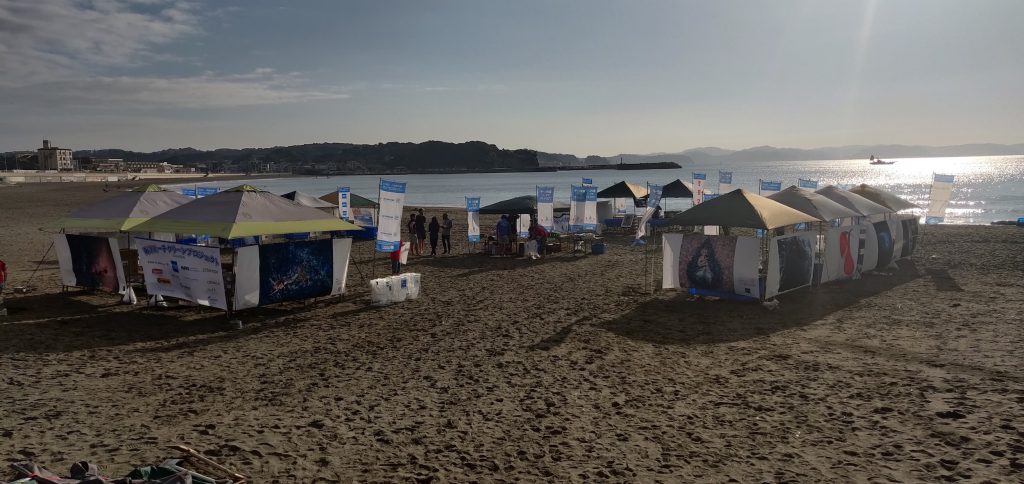
How can readers help to support SEGO's activities?
Corporate giving and grants are great ways to help. We have been included in a few giving platforms. And skills-based volunteers are also always highly welcome, especially in the IT and creative fields. Or just spreading the word about us in your network would be wonderful.
Please reach out through any one of these links.
SEGO Initiatve website: https://www.segoinitiative.org
Instagram: https://www.instagram.com/sego.official>
Facebook: https://www.facebook.com/SEGOInitiative>
LinkedIn: https://www.linkedin.com/company/sego-initiative/
Check out other installments of Global to Local by Louise George Kittaka.
Louise George Kittaka is a bilingual writer and content creator from New Zealand. She writes for numerous media platforms and also lectures at Shirayuri Women’s University in Tokyo.







